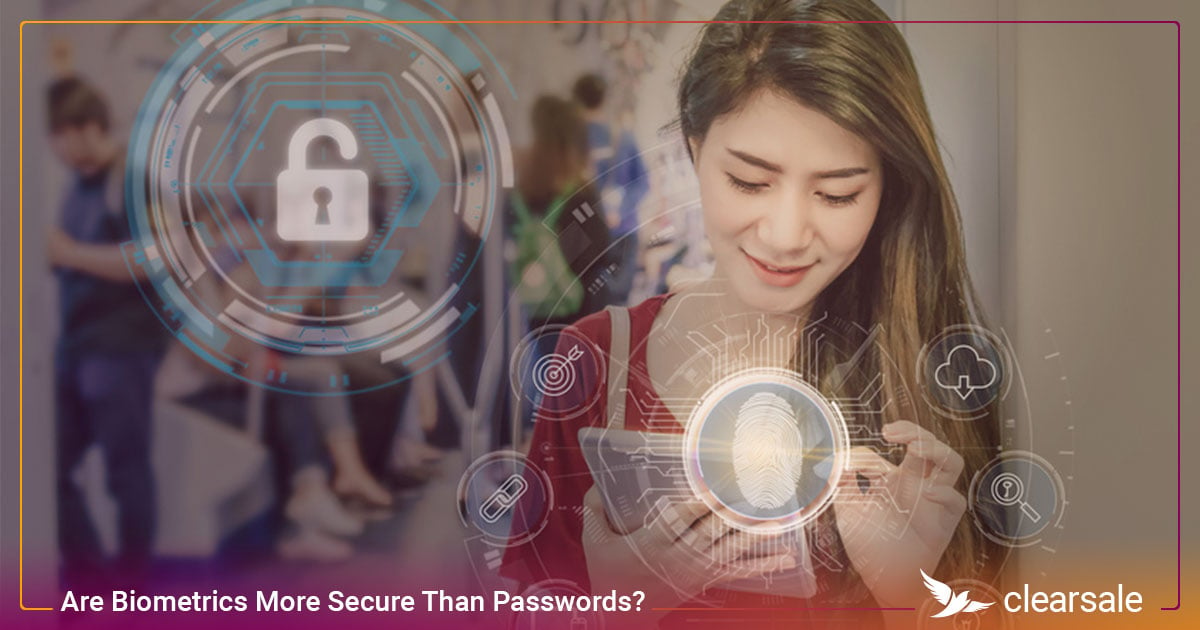Fingerprints are often considered more secure than traditional passwords due to their biometric nature and uniqueness.
Here are some key points comparing the security aspects of fingerprints and passwords:
Fingerprints:
- Biometric Characteristics: Fingerprints are biometric identifiers, unique to each individual, making them difficult to replicate or fake.
- Difficult to Replicate: It's significantly harder to forge a fingerprint compared to a password, as it requires sophisticated technology and physical access to the individual's fingerprint.
- Convenience: Biometric authentication is often more convenient than remembering and typing a password, which can lead to stronger user compliance with security measures.
- Cannot Be Forgotten or Stolen: Unlike a password, a fingerprint cannot be forgotten or easily stolen, making it a more reliable form of identity verification.
However, there are some limitations and concerns regarding fingerprint-based security:
- Storage Concerns: Biometric data, including fingerprints, needs to be securely stored. If compromised, unlike a password, fingerprints cannot be changed. If a database storing fingerprints is breached, it could have serious consequences.
- Reliability: While fingerprints are unique, there have been instances of false positives (where the system incorrectly identifies someone as authorized) and false negatives (where the system fails to authenticate the rightful user).
- Physical Transfer: In some cases, it is possible to lift fingerprints from surfaces and use them for unauthorized access, though this method is more complex and less common.
Passwords:
- Control and Change: Passwords can be changed regularly, providing a way to mitigate risks if they're compromised. Users can also choose complex passwords for increased security.
- Storage Control: Unlike biometric data, passwords can be stored in an encrypted form and further secured.
- Authentication Flexibility: Passwords can be used across various systems and platforms, providing flexibility.
However, passwords have their own set of challenges:
- Forgetfulness: Users may forget passwords, leading to security issues or the need for frequent resets.
- Vulnerability to Hacks: Passwords, especially weak or commonly used ones, are susceptible to hacking, phishing, or brute force attacks.
- Sharing and Reuse: Users may share passwords or reuse them across multiple platforms, increasing the vulnerability if one system is compromised.
In summary, while fingerprints offer certain advantages in security and convenience over traditional passwords, there are concerns regarding their storage, reliability, and potential for exploitation. Ideally, a robust security system might integrate both biometric (like fingerprints) and traditional authentication methods (like passwords) to provide a multi-layered security approach, increasing overall protection.
Thank you.
